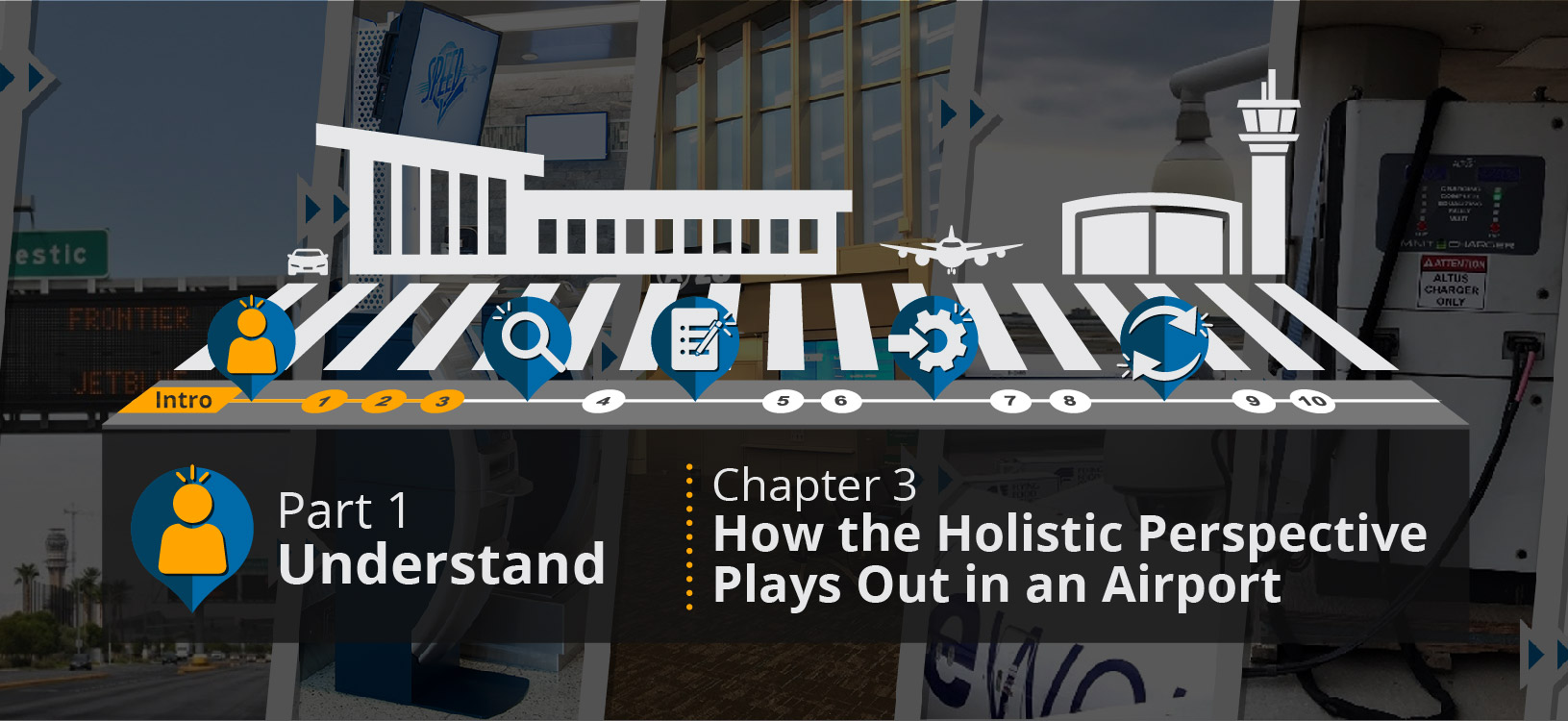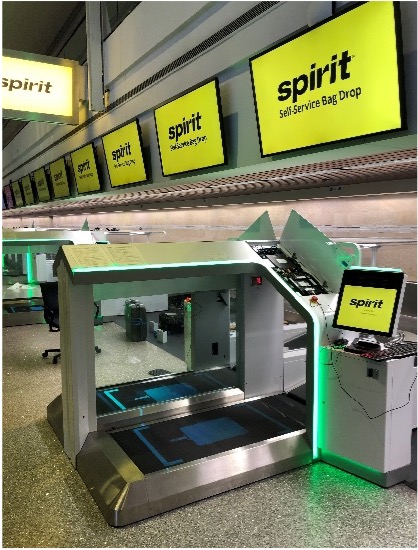
Airport Stakeholders Leading and Involved
Virtually every airport employee has some level of involvement in a holistic common use program because the program itself becomes the new operating culture of the airport. The following describes the general role that the different stakeholder groupings have in establishing and operating a holistic common use program.
Executive
The role of the airport or airline executive in a holistic common use program is to be a champion for the proper and full use of the program. All major programs need this high-level support from those involved in airport strategic planning, business planning, and capital development planning to advise from a financial and vision perspective. Some airports note issues with getting full executive buy-in as a reason for delayed or partial common use deployments. There can be cultural resistance to a common use program, either with people at the airlines or the airport. The shift to common use by the airport is a significant event, particularly when viewed in the holistic sense. It will take significant work and effort by all parties to make such a transition, so executive support is imperative.
Airside, Terminal, and Landside Operations / Facilities / Maintenance / Planning
This group collectively works to address the physical and operational aspects of a common use program, such as the interior and exterior facilities, baggage handling services (BHS), passenger boarding bridge, physical signage, and building management. They address the need for adaptability and flexibility through program development and/or expansion. They also conduct facility planning and design to maximize the efficiency of limited space and resources.
In discussions with the research team, staff at Frankfurt Airport (FRA) noted the need for better planning of facilities in the future. The architectural design of the facility space was said to be an important part of passenger processing planning. They expressed that airport facilities and operations needed to consider how the flow and feel of their facilities affected the common use programs that they wanted to have. It was also noted that with the expansion of queue monitoring and passenger tracking, the layout and flow are extremely important to enable the best use of these systems. Rather uniquely, FRA has now also taken over responsibility for the security checkpoint services, making them the first airport in Germany to be allowed to do so.
Senior management at Fresno Yosemite Airport described the need to make infrastructure changes to accommodate new concessions and restroom facilities. They said that these types of additions need to be considered by any airport planning a large common use expansion or deployment.
This group also holds the responsibility for establishing and maintaining standardized operational common use best practices, providing and managing resource assignments, and managing the power strategy from a holistic perspective.
At Charlotte Douglas International Airport, ground power units are being added because they are stretched for capacity due to a lack of infrastructure. This is a sizeable challenge for almost all airports, as the recharge units for vehicles take considerable power, which may simply not be available without significant infrastructure upgrades providing home runs back to the central plant location. This reinforces the need for holistic planning for new power requirements caused by new systems and increased use of existing systems, including power backup systems for all aspects of the operation, from main feed to generator and uninterruptible power supply (UPS) power. Emergency plans for power outages and the correlation of items in a particular area are very important.
Business / Properties / Air Service Development
This group addresses the business aspects of a common use program. They address the financial impacts, legal, safety, risk implications, leasing strategies, and concessions. The air service development group ensures airline buy-in through partnerships and collaboration, as well as understanding and addressing the unique needs and requirements of each airline operating at the airport.
One of our case study participants, Harry Reid (formerly McCarran) International Airport (LAS), established a vision early on that they did not want to tell any existing or new-entrant airline that they could not accommodate their requested routes. As a result, they made the decision to implement an airport-wide common use program with a leasing strategy that provides stability for airline operations while maximizing airport flexibility and supporting airline innovation efforts.
LAS also adjusted the business arrangements around gate use fees such that an airline could unload at any available gate without charge, with a tow over to its normally assigned preferential gate for departure. This adjustment directly benefitted the customer experience, as passengers arriving early, who otherwise would have had to hold off-gate, were allowed to swiftly depart the aircraft and get directly to their business or fun in Las Vegas.
Hawaiian Airlines proactively seeks common use options when pursuing new stations. The first question they ask is, “What can we use that is already there?” They have noted that it is the easiest way to get their operation up and running.
Public Affairs / Customer Service / Passenger Experience
These divisions of the airport address the entirety of the common use program from the passenger experience perspective. They work to incorporate the passenger and stakeholder experiences and the expected level of service to provide a seamless passenger journey. Key to this perspective is the ability to accommodate additional service in a flexible manner rather than squeezing that service into a static leasehold situation where the passengers are forced to sit on floors, concessions are over-run, and planes hot-hold off gates for extended periods of time awaiting an opening. In addition, they address passenger needs for wayfinding and mobile communications, as well as airport passenger benefits programs (e.g., parking and e-coupons), and constantly look for other passenger experience enhancement opportunities.
The public affairs group is on the front lines with the public, often through traditional media, airport websites, and social media. Any glitch in passenger, baggage, or other operational processing (delayed flight, incorrect or unavailable information in the journey, etc.) is often quickly noted for broad dissemination. This group must communicate closely with those throughout the airport environment and be kept abreast of any and all developments in a holistic common use environment.
Technology / Innovation
The technology group is often considered the “owner” of common use because most airports think of common use as a technology system. However, in a holistic common use program, the technology and innovations groups act as a partner to all of the airport divisions in providing the needed systems and support to facilitate the common use of the facility. They enable each of the common use program elements above that make up the traditional passenger processing common use systems. Internally, they provide common use program resources to the airport divisions, such as data sharing, remote video, and audio, visual, and electronic communications capabilities through flexible and adaptable telecommunications infrastructure. Externally, they provide data sharing among customers and stakeholders. They also identify current and emerging gaps in technologies and solution delivery business models and help define new common use opportunities throughout the airport.
With respect to innovation, it is imperative that a framework be developed that facilitates stakeholder engagement with innovation rather than keeping airlines-for example-at a standardized level of service. There should be active engagement with stakeholder partners and in the industry to understand those business changes and technologies that are on the horizon and which an airport should be expected to provide.




